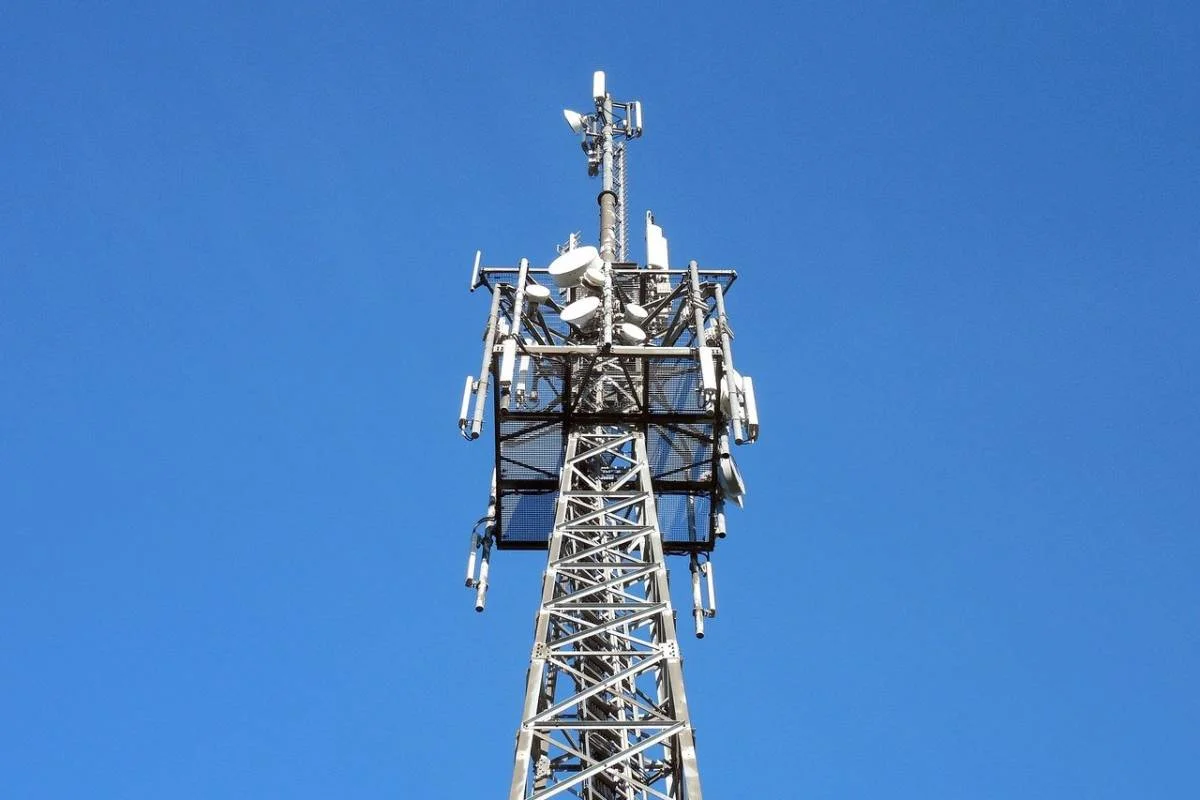
The telecom operators in India started witnessing a drop in the ARPU (average revenue per user) in recent years due to the low-cost plans. Eventually, the telcos claim to have made losses and the government of India approved the telecom relief package recently so that they can make up for the losses. However, to generate increased revenue, telcos need to increase their tariff, which is not possible in the current scenario wherein there are conditions issued by DoT. Now, a fresh report by IANS citing Ind-Ra claims that telcos can increase their ARPU without tariff hikes.
Increased ARPU For Telcos
The report notes that the data usage and penetration zooms are at their peak in the past couple of years. As per a research by Ind-Ra, the sliding voice tariffs, the current trends involve increasing data tariffs and growing data usage per subscriber. Also, there is an increase in the average data used per user. To add to this, there is an increase in the data subscribers in the overall user base in the past year. These trends indicate that the ARPU of the industry can reach a new high sans increasing the tariff.
Growth In Subscriber Base
Besides this, the rating agency went on to state that there has been a 4 million month-on-month increase in the number of subscribers across the nation as of June 2021. This takes the total number of subscribers to 1,181 million. Also, it noted that the same trend prevailed in the broadband segment as well wherein the number of subscribers increased by 11.7 million subscribers in June 2021, which takes it to 769 million subscribers. This is evident as the broadband penetration has also increased in the country.
However, there is a drop of 1.3 million subscribers in a visitor location subscriber base on a month-on-month basis accounting for 985 million subscribers in June 2021, it noted. When it comes to broadband subscribers, it showed that there has been a growth of 65.1 percent in the number of wireless subscribers in June 2021 while it was 64.4 per cent in May 2021 and only 47 per cent in March 2019.















